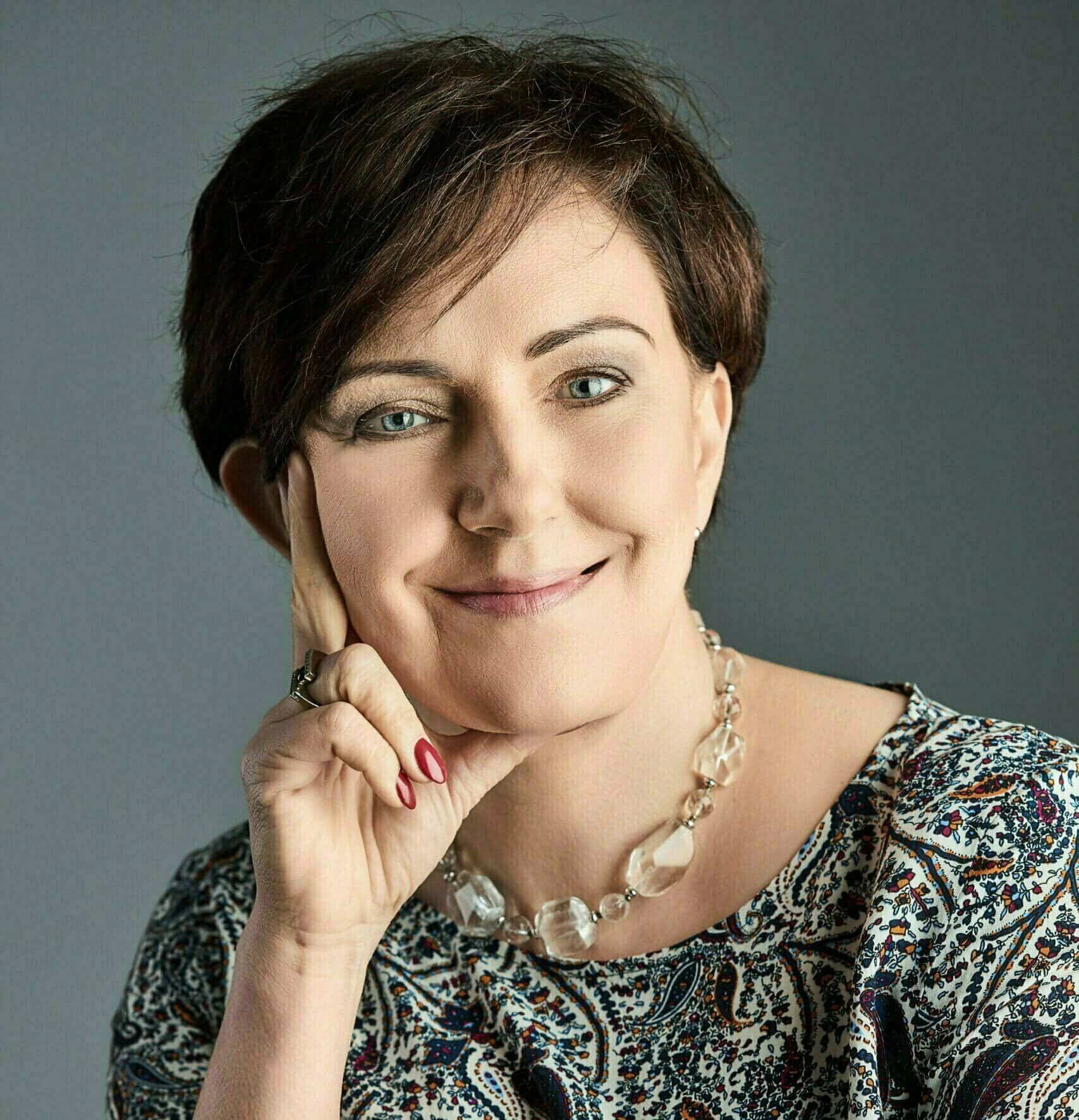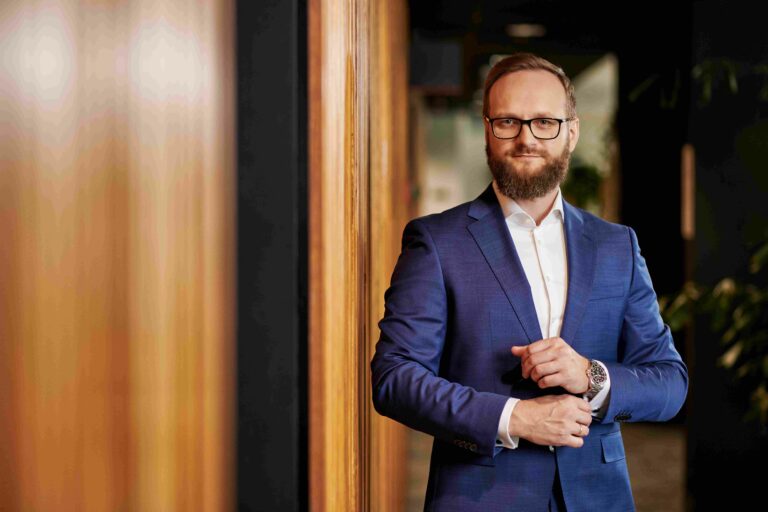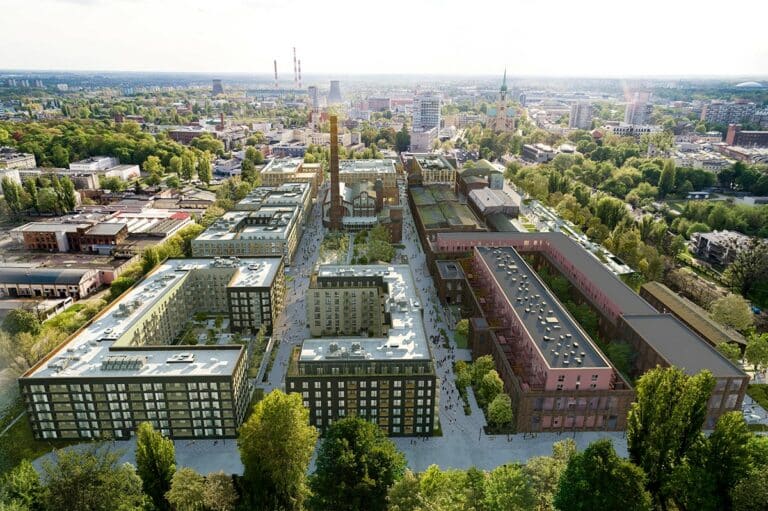Solving the energy efficiency issue in buildings
Sylwia Ziemacka talks to Ewa Kosmala, Global Sustainability Director at Selena Group
Is the energy efficiency of buildings a big problem in Poland?
68% of the total area of buildings erected in Poland belongs to the residential sector, of which more than a half was built before 1980. The low energy performance of most buildings, combined with the high share of fossil fuels in the Polish energy mix, translate into a fairly carbon-intensive building stock. The retrofitting measures taken to raise the energy standard of residential buildings have so far been insufficient in scope. Financial resources have often been allocated only to the replacement or renovation of individual components, instead of a holistic and comprehensive renovation. GUS (Statistics Poland) data indicates that about 50% of residential buildings in Poland have been insulated and, in most cases, in a suboptimal manner. On the other hand, improving their thermal insulation may be uneconomic. The remaining 50% of buildings are considered in urgent need of thermal upgrading. Modernization of the existing building stock is projected to continue through 2050, when most buildings will be at least partially renovated.
What is the requirement and what remains in the investor’s decision?
In order to have the construction of a house approved as of 2021, it has to meet stricter energy efficiency requirements than before, set forth in the Technical Conditions (in Polish: Warunki Techniczne – WT) to be met by buildings and their location. The WT 2021 standard applies to both the construction process, and the materials used. One of the most important requirements is obtaining an appropriately low EP [kWh/m2] coefficient. It determines the annual demand for primary energy, which is needed for heating, hot water preparation, ventilation, cooling, or lighting. Therefore, in my opinion, the TRIAS ENERGETICA model seems to be the most correct design principle at the moment. Heat losses are eliminated not only through proper architectural design, but also and perhaps most importantly through high-quality workmanship. The model consists of designing a building comprehensively, based on the approach that the cheapest energy is the one saved.
Multi-criteria certification of buildings has become more and more popular especially in the commercial buildings? Does it refer only to the new constructions or do you see it as a tool in line with refurbishments and renovations?
Last year, Poland saw a more than two fold increase in the number of multi-criteria certified buildings in the residential sector. Additionally, the introduction of PLGBC’s Green Home multi-criteria certification dedicated to Polish residential buildings fosters optimism in this sector. The second very clear trend, continuing since last year, is the rapidly growing number of warehouse and logistics facilities that are designed and built in accordance with the assumptions of multi-criteria certification. Their number increased by 61%. Some multi-criteria certifications are dedicated to building renovations, for example, BREEAM International RFO provides a tailored version of the scheme that can assess refurbishment and fit-out projects all over the world, by taking account of the range of local and regional standards, conditions and climates.
What is the role of a manufacturer of construction products in this process?
In both of the most popular multi-criteria building rating systems, such as LEED and BREEAM, criteria directly concerning construction products constitute a large part of the possibility to obtain credits in the overall assessment. But let’s not forget that building products themselves have an impact on other criteria such as Energy and Air Quality of Indoor Environment, and in the case of modern building chemistry, we also reduce the carbon footprint during transport by up to 90% compared to traditional building materials. In Selena Group we provide high-quality solutions increasing the energy efficiency of buildings. Our R&D department developed an innovative window sealing and insulation system, Tytan WINS, which eliminates the formation of thermal bridges and provides excellent thermal insulation parameters. Selena Group also offers a highly reflective, waterproofing roof coating COOL-R which reduces the temperature of a roof by as much as 70%. As a producer, we also coordinate wide-ranging educational campaigns for the industry, users, as well as contractors.
What is the Selena ESG business model and how do you support the energy transformation in Poland?
The Selena ESG offer is a natural extension of the Selena Group’s existing market offer. Due to the specificity of this business, the type of customer, and the requirements that have to be met to convert the roofs in a safe and environmentally friendly way, we have established a specialized company dedicated to this area. Our offer is mainly dedicated to the business sector, especially large-scale industrial and logistics roofs, but we also want to cooperate with housing communities and property managers to implement our solutions in real estate sector. Our business partners (both industrial and logistics) require photovoltaic structures, as well as roof solutions for waterproofing or load-bearing capacity, to have a service life of 20-25 years, which also happen to be requirements for large-scale roofs. Our task as Selena ESG is therefore to provide them with the highest quality waterproofing
solutions, in terms of the safety of the roof structure, as well as the quality of the photovoltaic installation. This is also the reason why we work as a matter of principle with quality leaders in the respective fields of the sector and supply the best and most durable roof waterproofing solutions. With photovoltaic installation, we provide our customers the opportunity to produce their own electricity and thus give them the possibility to meet the needs generated by the facility or real estate. Secondly, we offer innovative insulation solutions based on an energy audit of the roof. The use of modern thermal insulation, such as COOL-R coating, has a significant impact on minimizing maintenance costs (in the case of COOL-R, it’s reducing air conditioning costs by up to 50%).







